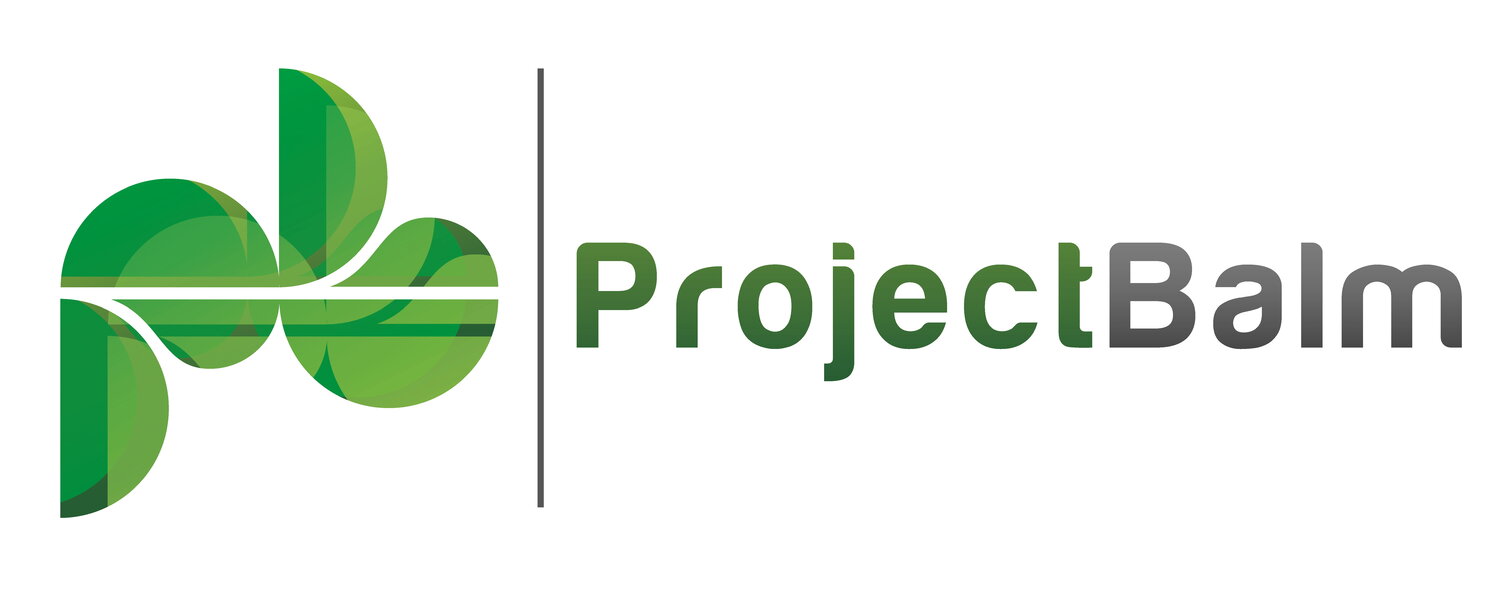Assumption Analysis
In a complex and unpredictable world, skilful risk management is crucial if we want exceptional project outcomes. At the heart of this process lies the recognition and evaluation of assumptions. According to the PMBOK, assumptions are "factors in the planning process that are considered to be true, real, or certain, without proof or demonstration." Such educated guesses enable decision-makers to chart a course through uncertain waters by selecting one action over others.
The PMBOK describes "Assumption Analysis" as a technique that "explores the validity of assumptions as they apply to the project." This process helps identify potential threats and opportunities by examining the likelihood and impact of assumptions. It is an excellent tool for systematically capturing downside risks and is simple to execute.
The analysis begins by documenting all known project assumptions. You must then create an IF-THEN statement for each one, following this pattern:
"IF the assumption proves false, THEN the effect on the project is..."
You then assess the probability of the IF clause and the impact of the THEN clause. These are (of course) the two dimensions of risk analysis, which makes converting the assumption into a risk straightforward. Where an assumption is likely to be proven false or substantially affect project objectives, you should convert it to a risk and add it to the risk register. By contrast, you might not need to track assumptions with a very low probability or impact.
Assumption Analysis offers numerous benefits to a project, most notably the facilitation of systematic risk identification. It also promotes continuous improvement by encouraging project teams to revisit and re-evaluate unproven postulates throughout the project lifecycle, adapting to changing circumstances. Importantly, this technique fosters transparency and communication among stakeholders by openly discussing areas where information is lacking, which results in a shared understanding of potential threats.
Despite its utility, Assumptions Analysis has notable limitations. First, it primarily identifies downside risks, meaning other techniques are required to uncover opportunities. More importantly, your assumption analysis is only as good as your list of assumptions! If your project is riddled with hidden assumptions, this technique will not yield quality risk data. Various methods are available to uncover assumptions, such as scenario planning, stakeholder analysis, and WBS reviews, which we may cover in later articles. Most crucial is a culture that promotes open discussion and critical evaluation of proposals.
Navigating the complex and unpredictable landscape of modern projects demands adept risk management, with the identification and evaluation of assumptions central to this endeavour. Assumption Analysis provides a structured and systematic approach to uncovering potential risks and promoting transparency, communication, and continuous improvement among project stakeholders.
Reference. Hillson, D. (2004) Risk Doctor Briefing Note #8: Assumptions and Constraints. [PDF] Risk Doctor. Available at: https://risk-doctor.com/briefings/
Risk Register by ProjectBalm is a proven tool that helps you record and manage your risks.
